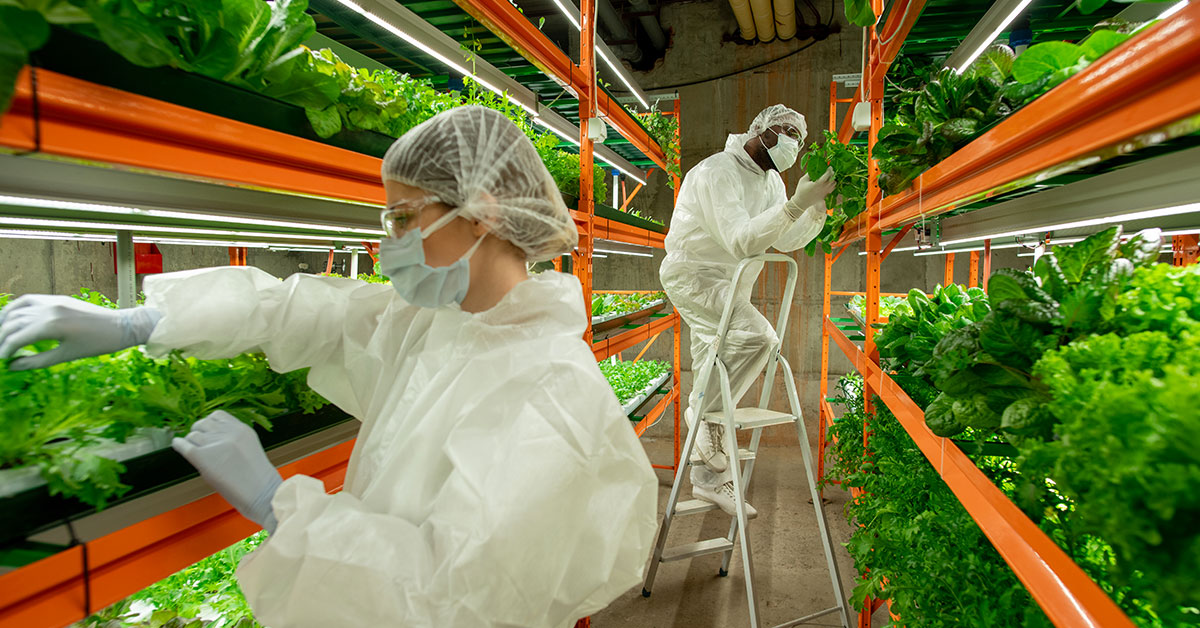We have repeatedly dealt with the obstacles that agriculture will be called upon to overcome over the next few decades to ensure the livelihoods of a constantly growing population, despite the complex climate change, which is the cause of the impoverishment of soils.
Taking advantage of urbanization
For some years, following a decisive urbanization, the primary office has been developing alternative agricultural solutions, which take into account the need to reduce production and transport costs.
On the thrust of these reflections, vertical farming was born: an indoor agricultural cultivation technique that consists in the design of vertical farms within special skyscrapers, but also of abandoned buildings.
The so-called farmscrapers make it possible to make the most of the small surfaces present in the urban area, generating the greatest possible agricultural profit.
The wealth of waste
The basic principle of vertical farming is the recovery of water and organic waste within a closed system production cycle.
In fact, this technique favors water saving thanks to hydroponic cultivation, in which the earth is replaced by an inert substrate and in which the plants receive the nutrients from the waste water.
Vegetable waste, in combination with other sustainable solutions (photovoltaic, wind), on the other hand, contribute to the production of energy, which is essential to support the artificial lighting necessary for crops.
Three circular techniques
In vertical farms there are three different cultivation methods:
- aeroponic: plants are grown without using land, through a system that is based on the nebulization of water and nutrients.
- Hydroponic: already described above, it is the least expensive and the one most used.
- Aquaponic: it is based on the combination of agriculture and fish farming. The wastewater from fish and shellfish farms acts as a natural fertilizer for crops. The latter, circularly, purify the fluids that are reused in fish farming.
The advantages
As we have already been able to guess, the advantages offered by vertical farms are numerous. Their conformation of closed and controlled systems minimizes the risk of contamination and excludes the use of pesticides and herbicides. It therefore guarantees organic and zero-kilometer products and the possibility of supplying vegetables out of season, with a considerable saving of water.
The limits to overcome
But this technique still has some limitations that inhibit its spread. The systems are based on technologies for the constant maintenance of temperature and humidity. Any flaw in this system is likely to have serious repercussions on crops.
Secondly, the absence of insects forces a more expensive manual pollination process. Furthermore, the costs of construction and management and the need for specialized operators have a strong impact on the list of cons.
Once these obstacles have been overcome, it will be possible to really think about the competitiveness of a promising method, but which still struggles to compete with traditional agriculture.
Source: TECNeLaB, planetasrl.net, Wikipedia


